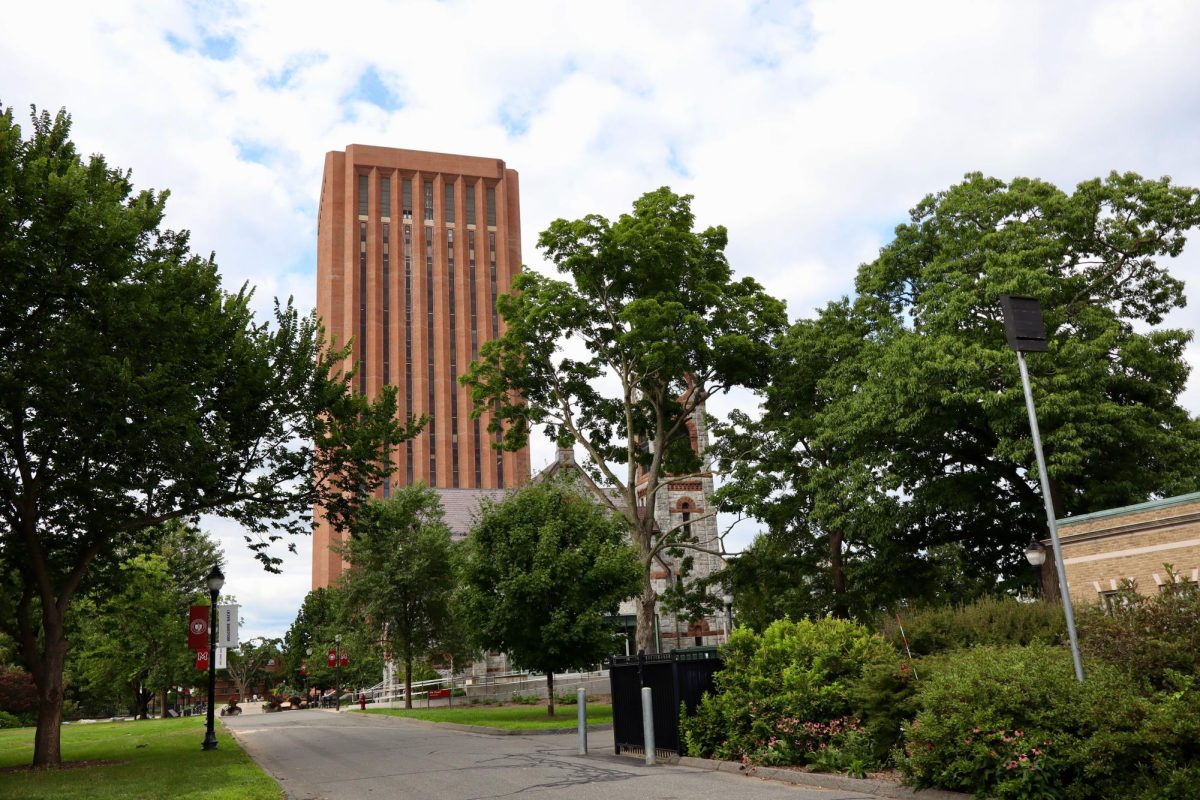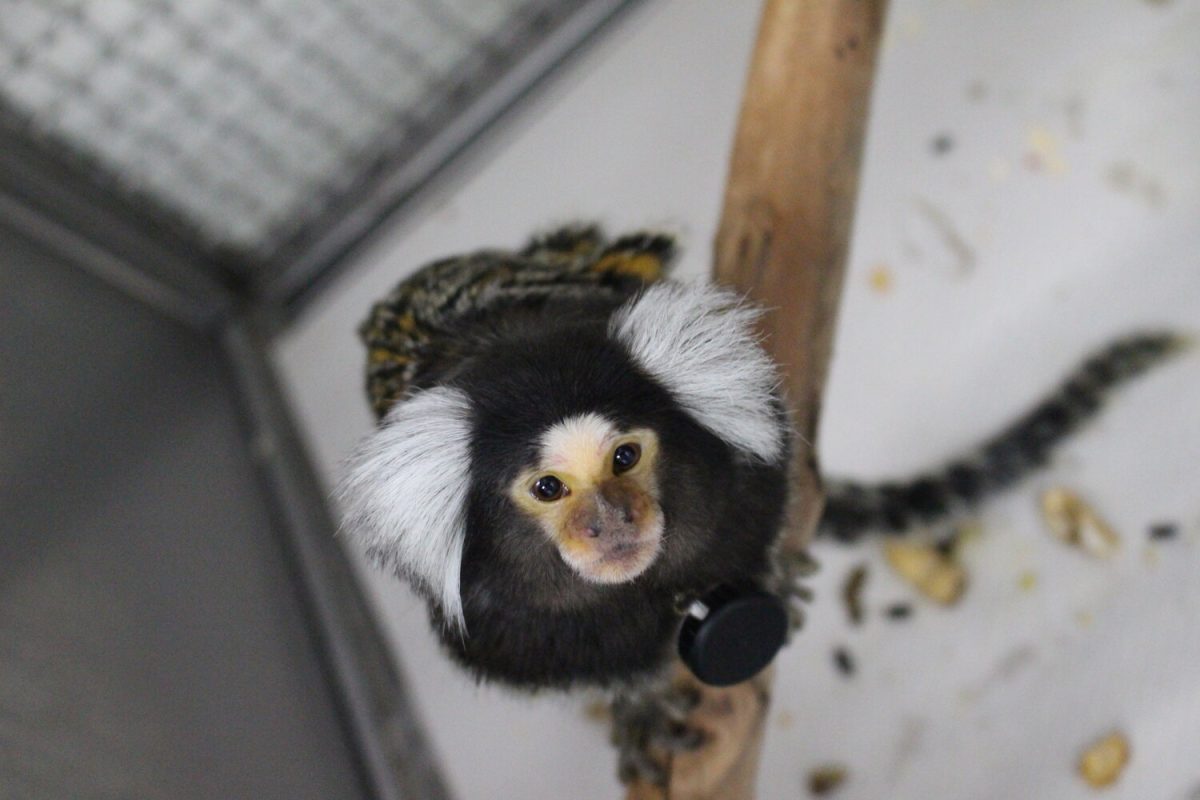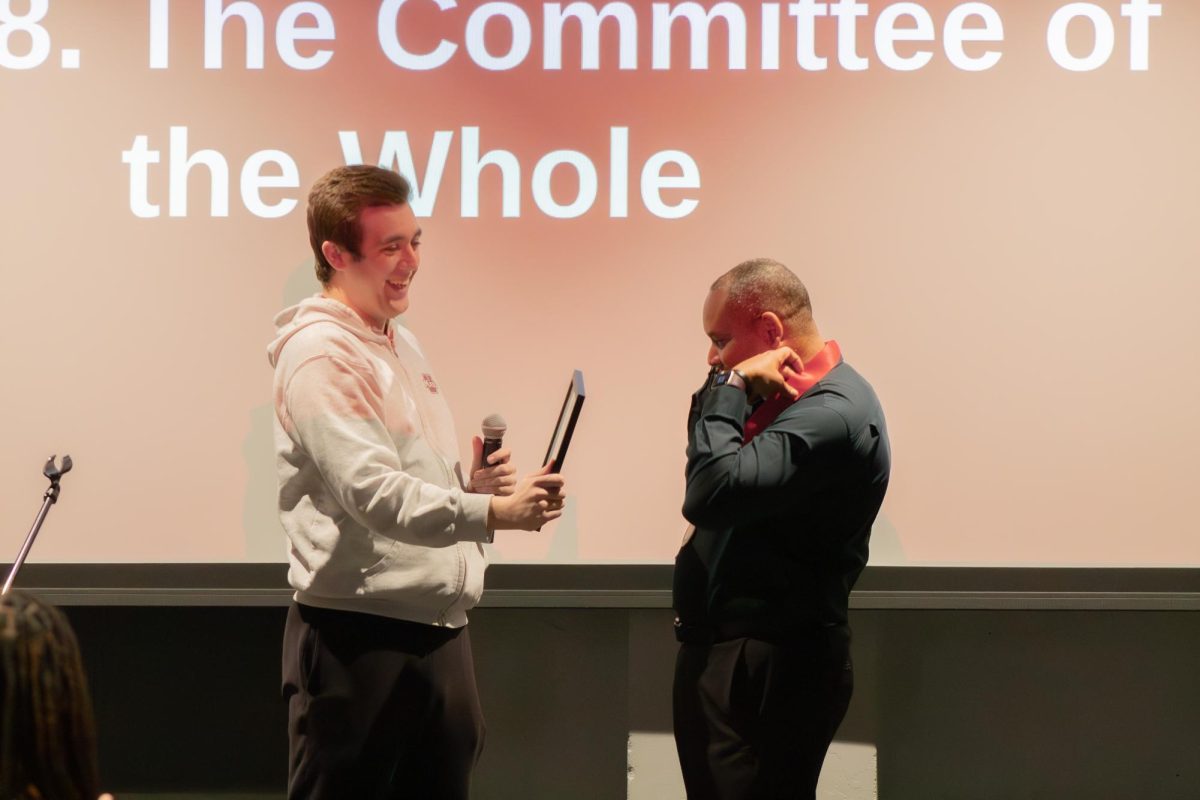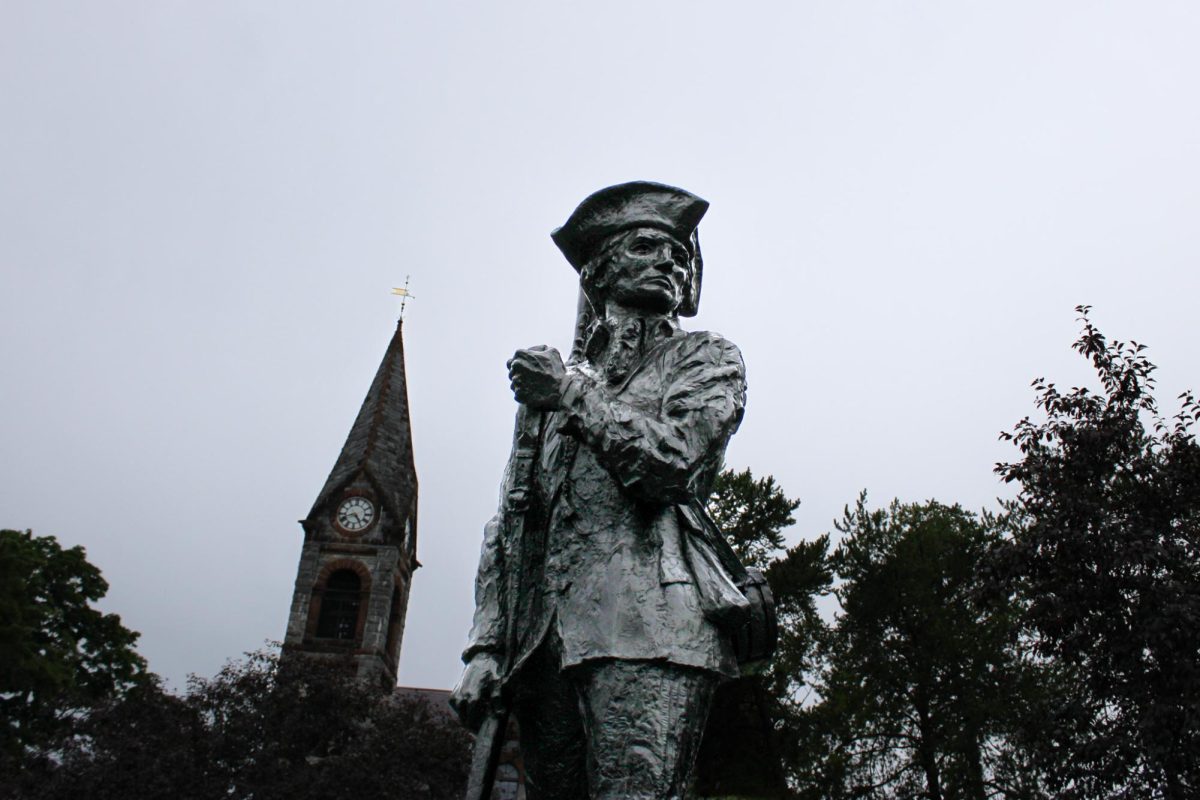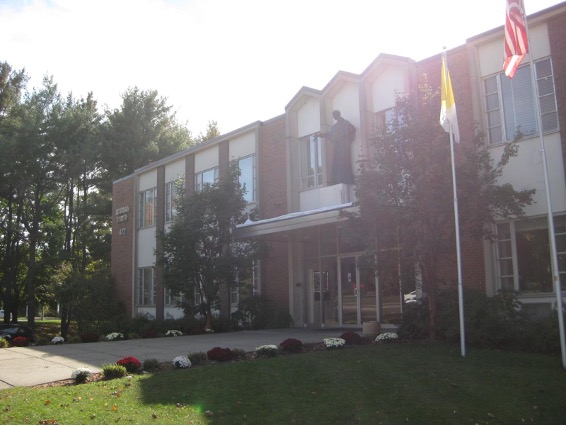The U.S. National Science Foundation Center for Braiding Indigenous Knowledges and Science (NSF CBIKS) held a virtual webinar for their Indigenous Sciences Speaker Series on Friday, Dec. 6.
This installment of the series featured Dr. Elspeth Geiger and her presentation “Bounty by Fire: The Anishinaabe Legacy of Human-Mediated Fire Regimes on Drummond Island, Michigan.”
Geiger is a visiting professor of anthropology and the Center for Native American and Indigenous Research at Northwestern University and a curator path research scientist at the Anthropology Field Museum of Natural History.
Geiger’s presentation highlighted archaeobotanical evidence of intentional fire management.
“The land owns us, not the other way around,” Geiger said. “I want to say this upfront because this is really foundational to the approach that I took with this work.”
Dr. Sonya Atalay, director of CBIKS, began the virtual webinar by introducing herself and Elspeth to viewers.
“I know it’s a busy time as the semester comes to the end … and it’s also late on a Friday afternoon, so we really appreciate you taking time to be here with us,” Atalay said. “I’ve heard so much excitement around your talk, Elspeth, so I’m thrilled you’re able to join us today.”
Established in 2023, CBIKS is headquartered at UMass Amherst and collaborates with over 30 partner organizations. They work to “ethically braid Western and Indigenous science research, education, and practice related to the urgent and interconnected challenges of climate change, cultural places, and food security,” according to their website.
Kay Kakendasot Mattena, a 3rd-year doctoral student and CBIKS graduate research assistant, shared a land acknowledgement for the University of Massachusetts Amherst.
“As an active step towards decolonization, we encourage you to learn more about the native nations whose homelands UMass Amherst now resides on, and the indigenous homelands on which you live and work,” Mattena said.
Geiger began her presentation by identifying brief disruptions in fire management practices as the result of English and French trade routes driving communities westward. The Anishinaabe tribe eventually returned to Drummond Island, but some groups were permanently relocated or subject to diaspora.
She explained her data collection methods and analysis of charred wood in order to identify fire management patterns at the Cloudman site on Drummond Island, Michigan. Geiger’s research is from the latter half of the Late Woodland period (AD 1200-1600) into the early historic period (circa AD 1670-1700).
“Today is really about a deep past continuous through time and focus on these relationships that people have with both fire and the environment, and how then we can extend that into the future,” Geiger said.
Through her analysis of the consistency and types of trees present through the Late Woodland period, Geiger emphasized that wood collecting practices were intentional.
“This isn’t just opportunistic collecting, this is a thoughtful part of daily life,” Geiger said.
Geiger introduced evidence that suggested man-made fire management systems were present in the Late Woodland period. The charred wood samples exhibit wood-burning patterns that match human-based short interval practices, specifically the recurrence of burning every 10 to 30 years and during the spring.
“The most important thing in the entire core of today is the evidence of fire systems by people that was intentionally done throughout time,” Geiger said.
Geiger suggested that the fire-management systems encouraged cyclical renewal and expanded plants for deer and other species, and that intentional wood burning contributed to the idea of a “reciprocal landscape.”
“Even when people were moved from the land because of warfare, when they came back, even if the occupation were much more brief and much less residential, it’s still the same wood that’s showing up within that,” Geiger said. “I think that really speaks to the power of the Anishinaabe people’s ability to continue to carry forward with their relationships with the land even when faced with, in the fur trade, huge economic incentives to move into a market economy.”
Geiger highlighted the Ishkode project, a collaboration between the U.S. Forest Service and the Natural Resources department of the Sault Ste. Marie Tribe of Chippewa Indians to implement traditional knowledge to encourage the landscape’s health.
The virtual webinar ended with a Q&A open to attendees.
The Indigenous Sciences Speaker Series will host Dr. Gabriel Sanchez in February 2025 and Dr. Kiana Frank in April 2025.
Charlotte Ribe can be reached at [email protected]

